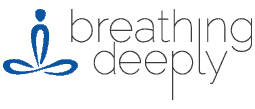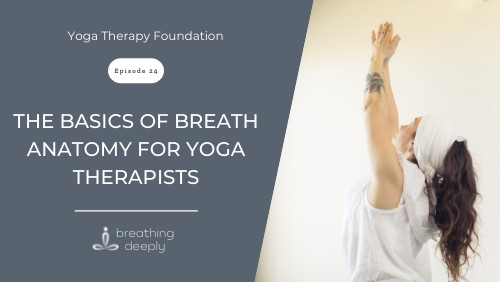Find yourself asking, “What can you do with a 200-hour yoga certification?” We’ve got you covered! Consider these next steps after you’re certified.

If you are reading this article, it means that you have completed a 200-hour Yoga Training program. To that we say congratulations! By completing our interactive and highly therapeutic program, you have taken a monumental step towards establishing your credentials as a yoga therapist ready to help nurture, assess, and guide clients through their psychological, physical, and spiritual barriers.
As you evaluate your next chapter in your yoga career, you might find yourself asking the question: What can you do with a 200-hour yoga certification? In this article, we’ll dive into several recommended starting points you can take to further enhance your objectives, advance your yoga education, and learn how to start teaching yoga should you choose to go down this path.
9 Steps for New Yoga Teachers
Evaluate Your Objectives
Before you establish a detailed next steps plan, think about what objectives you’re pursuing. Whether you are seeking to mentor your friends as a certified instructor or want to work directly with clients as a yoga therapist, consider both your short-term and long-term objectives.
- Establish short-term goals: What do you hope to accomplish in the next week, month, or year? Maybe you’re hoping to expand your background and learn more about the physiological benefits of yoga. Maybe you want to diversify your education by enrolling in other certificate programs. Whatever the case, make sure you keep a detailed track of your short-term objectives.
- Consider long-term goals: Go beyond a year and visualize how you believe yoga will have transformed your life. Do you hope to own a studio where you teach others self-healing methods? Are you hoping to become a certified yoga therapist and work in a healthcare setting? Whatever the case, consult with others as you navigate a long-term vision for yourself.
- Do your research: There’s more than one answer to the question “what can you do with a 200-hour yoga certification?” Spend some quality time investigating your options and areas of interest, and apply them to your objectives. Make an honest assessment of your future based on your findings.
Advance Your Education
The saying “An investment in knowledge pays the best interest” certainly applies to yoga. In this case, evaluate what resonates with you, what you enjoy learning about yoga, and what kind of teachings you plan to focus on.
- Pursue other certificates: Once you’ve completed the 200-hour teaching program, consider diving deeper into subject matters that best suit your objectives. If you’re seeking to become a certified yoga therapist, consider enrolling in our Advanced Yoga Therapy Program. You will learn new skills, gain practical experience, and establish yourself as a trusted mentor for clients seeking self-harmony.
- Create a personalized profile: By this, we mean you should formally outline your experience and expertise as you develop your career. Start with a resume and begin organizing your credentials. You should create a comprehensive and personalized profile that speaks volumes about your credentials. Present your training experience, certificates, and specific areas of strength so you can establish a yoga career.
- Network with professionals: Make sure to make yourself known on every job site (e.g., Indeed, Linkedin) and formally reach out to certified instructors for advice on starting a yoga career. Reach out to your formal instructors since they can provide you with more personalized advice and consult with you on how to start teaching yoga after training.
Teach
If you decide that teaching is the path you’re striving for, make sure you follow these steps to help guide you to a full-time position.
- Continue training: Yoga therapists are avid learners. There’s an abundance of courses and new information available that can assist you as you teach others. Stay on top of new trends and refine your skills with continuous education.
- Obtain liability insurance: Make no mistake, obtaining liability insurance is something you must cross off your to-do list. As an aspiring yoga instructor, you should understand the risks involved in a class-like setting, including injuries and possible misconduct allegations. Liability insurance can protect you against injury claims, settle disputes, and allow your business to thrive in the face of challenges.
- Market yourself: The idea of marketing yourself means focusing on self-promotion and branding yourself as a yoga professional. Focus on what you can offer your students and how you stand out from fellow competitors. In other words, you must grow your brand and ensure you remain active on social media. Consider posting regular observations of your practices online.
Complete Your Next Steps with Breathing Deeply
What can you do with a 200-hour yoga certification? As you can see, the answer is a handful of exciting opportunities to challenge yourself, deepen your knowledge with yoga experts, and serve a community in need of healing teachings.
Here at Breathing Deeply, we can help you take that next step in becoming a wellness professional at the highest level. Check out our yoga, yoga therapy, and meditation courses to continue your journey with a fresh mindset and establish yourself as a true mentor of self-care and preservation.












